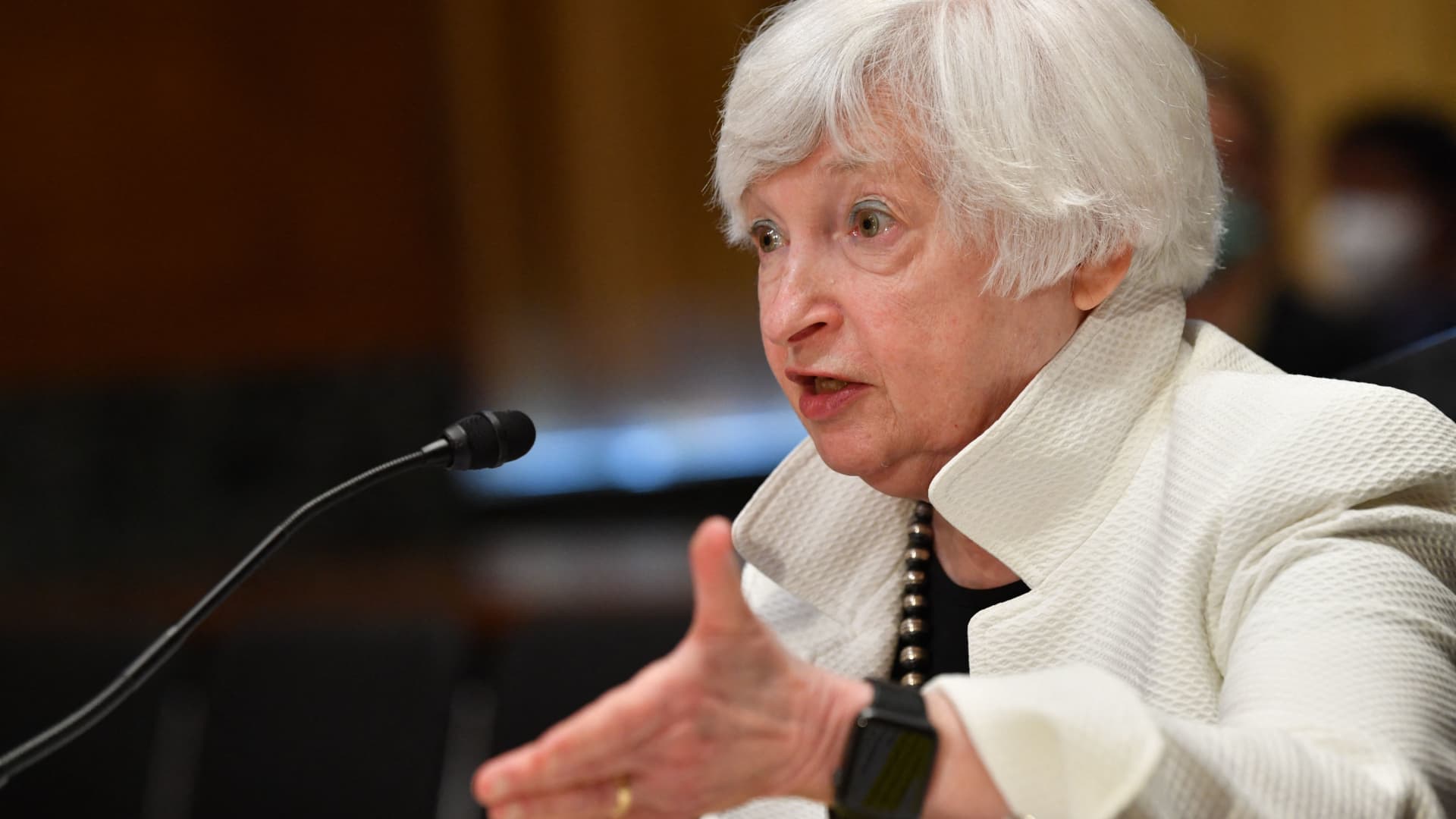US Markets
Friday, October 27th, 2023 1:56 pm EDT
Key Points
- Accelerated Closure of In-Store Bank Branches: American banks are closing their branches located within supermarket chains at a significantly faster rate compared to other branch closures. The closure rate for in-store branches reached 10.7% in the year ending June 30, as reported by the Federal Deposit Insurance Corp (FDIC). In contrast, the closure rate for other types of branches was much lower at 1.4% during the same period. This accelerated pace of in-store branch closures is attributed to several factors, including changes in customer behavior and financial industry challenges.
- Regional Banks and Supermarket Branches: Most of the in-store bank branches in supermarkets are operated by regional banks. However, these regional banks have been facing pressure, particularly since the collapse of Silicon Valley Bank in March. In the 12-month period, notable banks such as PNC, Citizens Financial, and U.S. Bank closed the most in-store locations, which were often situated within supermarket chains like Safeway and Stop & Shop. Walmart, among retailers, houses the largest number of bank branches, with 1,179 locations, according to an S&P Global report.
- Shift in Banking Industry Perspective: The article highlights that the banking industry’s perspective on branches has evolved over time. While banks began building branches within supermarkets in the 1990s because of their cost-effectiveness, the industry now views branches as places to engage customers with wealth management services, credit cards, loans, and other financial offerings, rather than just transactional locations for cash withdrawals. This shift in perspective has favored full-sized branches and contributed to the accelerated closure of in-store branches. Although the pace of closures has eased since the peak in 2021, it remains notably higher than before the COVID-19 pandemic, with in-store branches seeing a 10.7% closure rate in 2021 compared to 4.2% in 2019.
American banks are rapidly closing branches located within supermarket chains at a rate significantly higher than other branch closures, primarily due to the industry’s profit constraints and the ongoing shift of customers towards digital banking channels.
In the year ending June 30, banks closed 10.7% of their in-store branches, while the closure rate for other branches was considerably lower at 1.4%, according to data from the Federal Deposit Insurance Corp (FDIC).
Most in-store branches in supermarkets are typically operated by regional banks. However, these regional banks have been under pressure, especially since the collapse of Silicon Valley Bank in March. In the 12-month period, banks such as PNC, Citizens Financial, and U.S. Bank closed the highest number of in-store locations, many of which were located in supermarket chains like Safeway and Stop & Shop. Among the retailers, Walmart housed the most bank branches with 1,179, according to a report from S&P Global.
The trend of branch closures within supermarkets has been ongoing in the financial industry for several years. However, the pace of closures significantly accelerated in 2021 due to the impact of the COVID-19 pandemic, which expedited the adoption of mobile and online banking. In 2021, banks closed nearly 18% of their in-store branches and 3.1% of other branch locations, as reported by S&P Global.
Nathan Stovall, Head of Financial Institutions Research at S&P Global Market Intelligence, explained that in-store branches have lost favor among many banks. Banks have been actively looking to shrink their branch networks, focusing on reducing less profitable branches that generate less customer traffic and fewer loans and high-net-worth accounts.
Banks initially began establishing branches within supermarkets during the 1990s because these scaled-down locations were more cost-effective to set up compared to regular branch locations. However, the banking industry’s perspective on branches has shifted. Branches are now viewed as places to attract customers with wealth management accounts, credit cards, loans, and other financial services, rather than just being transactional locations for withdrawing money. This shift in focus has favored full-sized branches.
While the pace of in-store branch closures has slowed since the peak in 2021, it remains elevated compared to pre-pandemic levels. In 2019, for example, banks closed 4.2% of in-store locations and 1.7% of other branch locations.
These branch closures occur as the banking industry is adjusting to higher funding costs. Customers have moved their balances into higher-yielding options such as money market funds. According to the FDIC, U.S. banks experienced a 15% decline in deposits from in-store branches, while deposits at other branches fell by 4.7% in the year ending June 30.
In conclusion, American banks are closing in-store branches within supermarket chains at a much higher rate than other branch closures. The shift towards digital banking, coupled with a focus on profitability and wealth management, has driven this trend, which accelerated during the pandemic and has continued even though the pace of closures has slowed. The banking industry is also contending with shifting customer preferences towards higher-yielding options for their deposits.
For the full original article on CNBC, please click here: https://www.cnbc.com/2023/10/27/supermarket-bank-branches-closing.html




